The Norse Calendar: Skerpla – The Month of Brightness and Clearness
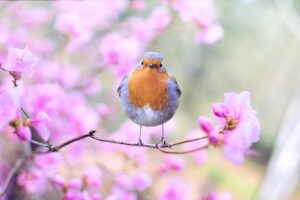
The month of Skerpla roughly corresponds to our modern month of May. It was the second month of the summer season. Here we’ll explore the historical and mythological significance of Skerpla. You’ll also learn why it was important for the Norse pagan communities.
What is Skerpla?

Skerpla was a month in the Old Norse calendar that marked the transition from spring to summer. Arguably, the name Skerpla may mean “brightness” or “clearness,” and some scholars think it refers to the increasing light and longer days of the summer season. During Skerpla, the days would become noticeably longer, and the sun would rise earlier and set later.
Skerpla in the Old Norse Calendar
The Old Norse calendar had a unique way of dividing the year into distinct seasons and months. The Norse divided their calendar into two main seasons: winter and summer. They divided winter into six months, which roughly corresponds to October, November, December, January, February, and March. They also divided summer into six months, which roughly corresponds to April, May, June, July, August, and September.
Each month in the Old Norse calendar has its own unique name, which came from the seasonal or agricultural activities that took place during that time of year. Skerpla was the second month of the summer season. It was when people would prepare their farms and fields for planting and cultivation.
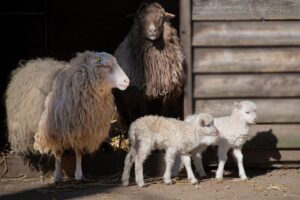
Skerpla was when the days grew longer and the weather grew warmer. During Skerpla, people celebrated the return of life and growth to the land, and honored the gods and goddesses who presided over fertility, agriculture, and nature. This month also had the names stekktíð and eggtíð, meaning lambing time and egg time. The Norse, who were predominantly an agrarian society, named their months after the specific periods during which various farming tasks were carried out.
Skerpla in Norse Mythology
Skerpla was an important month in Norse mythology, and it was associated with several gods and goddesses who influence the natural world and the changing of the seasons.
Freyja is one of the most important goddesses of Norse mythology. People associate her with fertility, love, and beauty. Freyja is a goddess of the earth and the natural world, and she is associated with the growing and harvesting of crops.
The goddess Sif is also associated with Skerpla, and she is believed to be a goddess of agriculture and the harvest. Sif is the wife of the god Thor, and she is known for her long, golden hair, which is believed to represent the golden fields of grain that farmers planted.
In addition to the gods and goddesses, this month is also associated with a number of other mythical beings and creatures. The most famous of these are the alfar, or elves, who are believed to inhabit the natural world and possess magical powers.
Holidays and Celebrations
There is one holiday and celebration that took place during Skerpla, which is marked by feasting, dancing, and other forms of merrymaking. The Norse called it Dísablót, and it was a very important celebration.
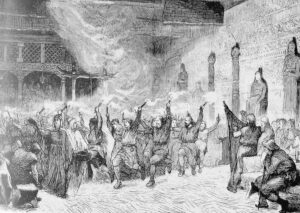 Dísablót is a celebration of female ancestors, or Dísir, is the major holiday that begins Skerpla, usually on May 14th. People celebrated this holiday with feasting and singing. The Dísir, like the Alfar, are considered powerful guardians–some even becoming goddesses. Since they are female ancestors, people offer blóts, usually of food and mead. I wrote a piece about Dísablót HERE.
Dísablót is a celebration of female ancestors, or Dísir, is the major holiday that begins Skerpla, usually on May 14th. People celebrated this holiday with feasting and singing. The Dísir, like the Alfar, are considered powerful guardians–some even becoming goddesses. Since they are female ancestors, people offer blóts, usually of food and mead. I wrote a piece about Dísablót HERE.
Importance of Skerpla
Skerpla was an important month for the Norse and Norse pagan communities, as it marked the beginning of the agricultural season. During this month, people would prepare their fields and plant their crops. It was a busy time for everyone because the work done now would eventually lead to food for the winter.
Skerpla was an important month for our ancestors. It was a time of transition and change, as the days grew longer and the weather grew warmer. People celebrated the return of life and growth to the land, and honored the gods and goddesses who presided over fertility, agriculture, and nature. Skerpla was a time when people would come together to celebrate the abundance of the earth and the changing of the seasons.
—
Did you know you can become my patron for as little as $5 a month? This entitles you to content not posted anywhere else. Plus you get to see posts like this three days before the public! Without patrons, I’d be having a very hard time keeping this blog going. Become a patron today!Become a Patron!
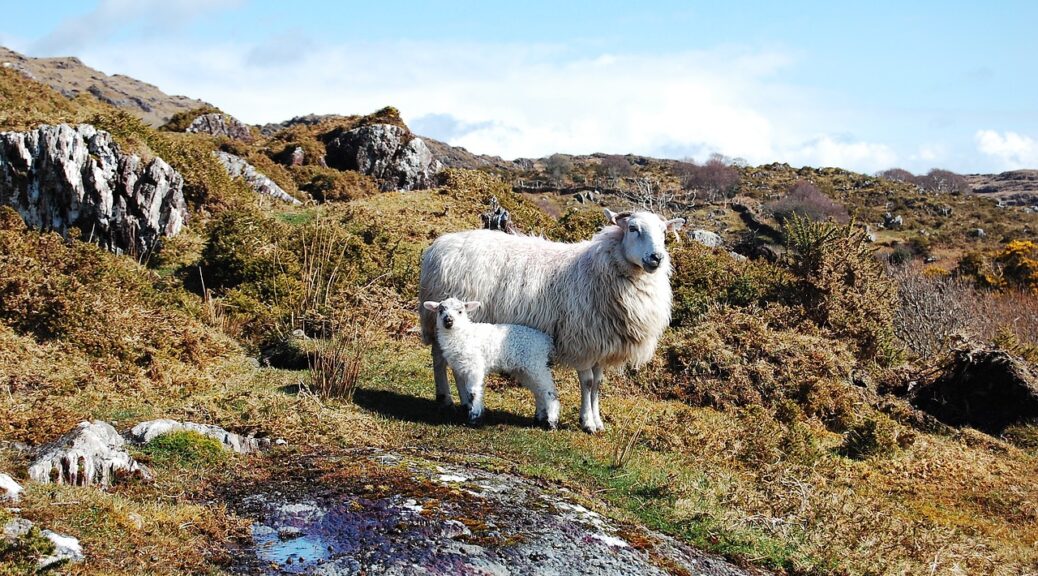
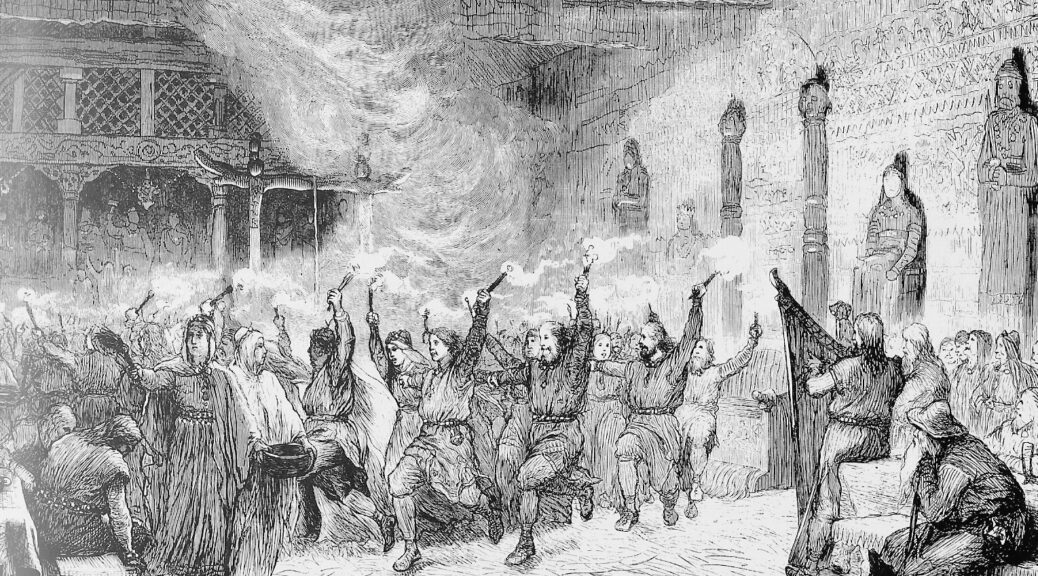
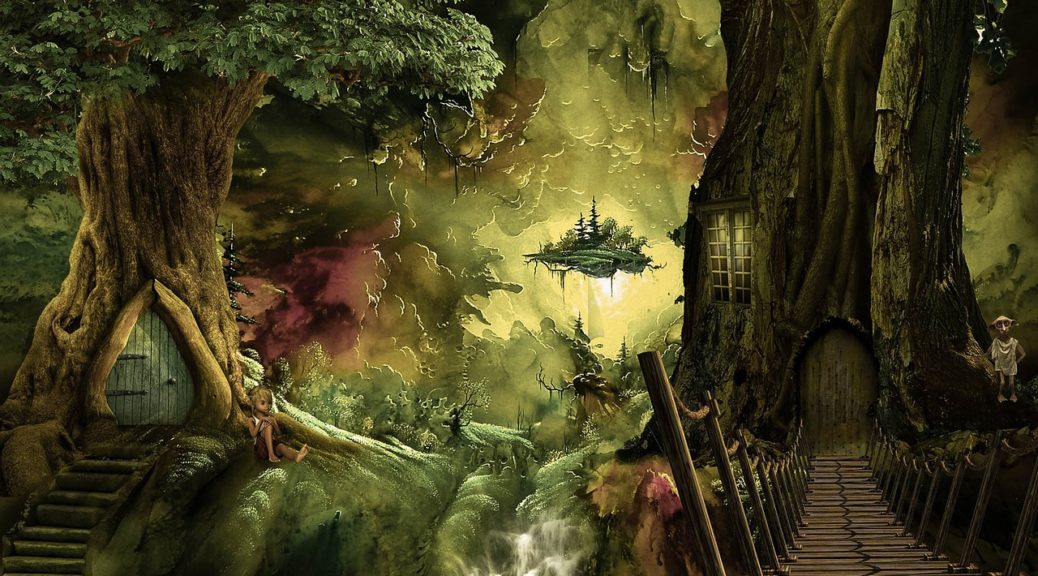


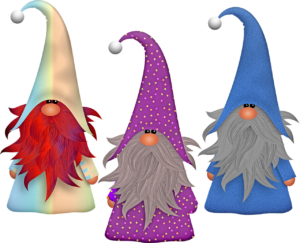 supernatural denizens. These include the
supernatural denizens. These include the  It’s my guess—and you folks can argue with me over this—that most Heathens are pretty convinced that wights aren’t corporeal creatures, but more likely spirits. Or maybe they consider wights the personification of the natural forces at work. In other words, they aren’t really singular entities. Some people feel that they are ancestors—and yes, there are good cases for this. And some people believe them to be a little below gods. Again, there is a case for that as well.
It’s my guess—and you folks can argue with me over this—that most Heathens are pretty convinced that wights aren’t corporeal creatures, but more likely spirits. Or maybe they consider wights the personification of the natural forces at work. In other words, they aren’t really singular entities. Some people feel that they are ancestors—and yes, there are good cases for this. And some people believe them to be a little below gods. Again, there is a case for that as well.